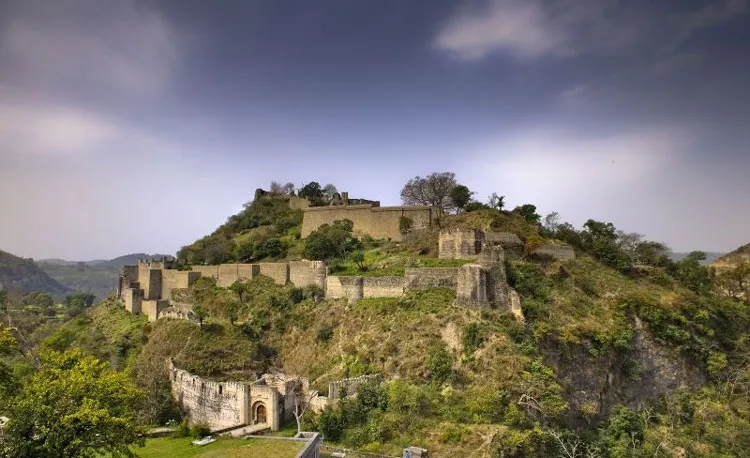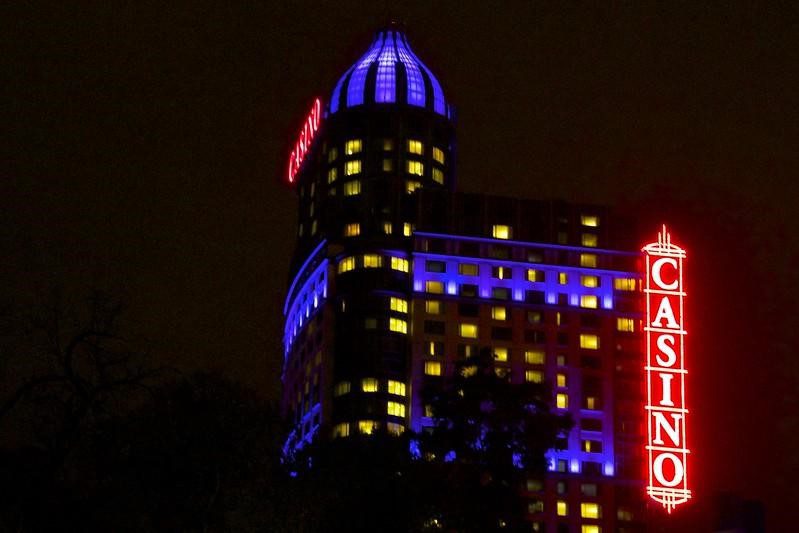Parvati Parvat of Himachal Pradesh Detail Guide 2024
Parvati Parvat of Himachal Pradesh: Himachal Pradesh is an undisputed favourite holiday destination for many, with each visitor attracted by its own unique charm. The Parvati Valley Or Parvati Parvat emerges as the pinnacle of natural wonder and relaxation. Often called the ‘Amsterdam of India’, this valley attracts with its charm.
- Distance From Manali Is Approx. 98km Via NH-3 and Manikaran Rd.
- Google Map: Parvati Valley
Yet beyond its picturesque facade lies a tapestry of stories, rich with folklore describing divine visitations and long-lived spirits, narratives that are often overlooked by many.
Join us as we uncover the captivating secrets hidden in the Parvati Parvat, uncovering secrets that even the most discerning travellers don’t know.
Why is it called Parvati Parvat?
According to legends, Lord Shiva meditated in this valley for about 3000 years. It is believed that he sat there and started meditating and with time he took the form of Bhasma Ramaye or Naga Sadhu.
After ages, Lord Shiva opened his eyes and saw this untouched, picturesque landscape and named it after his wife Parvati.
Why is the valley considered sacred?
It is believed that Lord Shiva and Goddess Parvati were so amazed by the beauty of this place that they decided to spend some more time here. According to legend, it is believed that they spent 1100 years in this area.
The Mythical Tale of Manikaran
Situated at an altitude of 1760 metres, Manikaran stands as a lighthouse for pilgrims and travellers attracted by its mystical charm. Famous for its natural hot springs, the site is steeped in legends, the stories of which resonate through the ages. According to ancient legends, it was here that Sage Manu began the divine task of reviving human life after the catastrophic flood.
Yet, another legend is associated with the footprints of Lord Shiva and Goddess Parvati within this sacred valley. It is said that a precious earring of Goddess Parvati was lost during a walk. Distressed, he prayed to Lord Shiva to retrieve it, who then entrusted this mission to one of his loyal servants, Bhutagana. However, when the ghosts failed in their attempt, Lord Shiva’s anger spread throughout the universe, causing chaos in the world.
To appease the angry deity, the serpent god, Sheshnag, used his divine powers, causing a wave of hot water to flow. Miraculously, amidst the torrent, the lost earring emerged, shining in the raging current. Thus, Manikaran, which means ‘bejeweled ear’ in Sanskrit, was named, immortalizing the mysterious event that shaped its destiny.
Story of Malana
The villagers of Malana are believed to be descendants of the Greek soldiers of the Macedonian conqueror Alexander the Great. The local court system, which still exists in Malana, is a reflection of the ancient Greek system.
It has also been observed that the people of Malana have inherited facial features that resemble those of the Roman people. In addition, residents believe in Jamlu Rishi, a local deity.
According to the Puranas, a sage once resided on this land and laid the foundation of the democracy that still functions here, and there is also a fully functional Parliament.
Kheerganga
It is believed that centuries ago, Kartikeya, the younger son of Lord Shiva and Goddess Parvati, performed penance here for thousands of years.
Legends say that when he was here, both Lord Shiva and Goddess Parvati would visit him and Parvati would make kheer for him, which is linked to the brown color of the river Ganges that flows here.
Related Article: Auli Uttarakhand A Comprehensive Guide To Tourism In 2024












